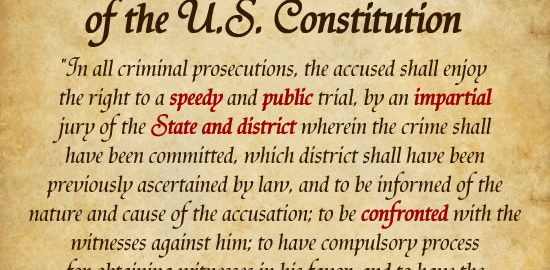United States v. Leoner-Aguirre
No. 18-1333
First Circuit Court of Appeals
Decided: September 20, 2019
ISSUE
- Whether the jury must specify in its verdict which RICO predicate acts, such as murder, extortion, embezzlement, money laundering, robbery, bribery, racketeering, and drug trafficking, were committed in order to find a defendant guilty of a RICO conspiracy.
Withdrawing From a Racketeering Conspiracy: Incarceration Doesn’t Count
- Whether the incarceration of a defendant constitutes a withdrawal from a RICO conspiracy.
HOLDING
- The Court held that the jury is not required to state in its verdict which specific racketeering acts the defendant committed. The Court relied on Salinas v. United States, 522 U.S. 52 (1997), which overruled United States v. Ramirez-Rivera 800 F.3d 1, 18 (1st Cir. 2015). Thus, while there was a long list of alleged acts that Mr. Aguirre was accused of such as murder, attempted murder, robbery etc. It was not necessary for the jury to specify which acts they found the defendant to have committed.
- The Court held that imprisonment has no bearing on whether a defendant has withdrawn from a racketeering conspiracy nor does ceasing to participate in a conspiracy mean a defendant has withdrawn. To withdraw from a RICO conspiracy, a conspirator must act affirmatively. Typical demonstrations of withdrawal include a “full confession or communication of abandonment to one’s co-conspirators.”
What is Required in a Jury’s Verdict to Convict a Defendant of RICO or Racketeering Conspiracy?
FACTS
Rafael Leoner-Aguirre was a member of the El Salvador based gang “MS-13,” which also operates in the United States. In 2017, a grand jury indicted Aguirre for a conspiracy under the RICO Act (Racketeer Influenced and Corrupt Organizations). Allegations against Aguirre under the RICO conspiracy included attempted murder, robbery, and drug trafficking. A jury found Aguirre guilty of RICO conspiracy and he was sentenced to 228 months in prison with three years of supervised release.
Before his trial, Aguirre urged the district court to instruct the jury to specify which acts it found Aguirre had committed in order to convict him of RICO conspiracy. The district court denied his motion, and Aguirre appealed to the First Circuit.
ANALYSIS
No Findings of Specific Acts of RICO Conspiracy from the Jury are Necessary in a Jury’s Verdict
Aguirre’s argument that the jury must specify which racketeering acts Aguirre committed to convict him of RICO conspiracy relies on the First Circuit’s ruling in United States v. Ramirez-Rivera 800 F.3d 1, 18 (1st Cir. 2015). However, the Court found that the Supreme Court’s decision in Salinas v. United States, 522 U.S. 52 (1997) contradicts the case on which the Ramirez-Rivera decision relies. Aguirre’s argument, therefore, fails since the Supreme Court’s decision overrules the underlying case in Ramirez-Rivera.
Incarceration Does Not Constitute Withdrawal from a RICO Conspiracy
As to the withdrawal issue, the First Circuit held that a defendant convicted of RICO conspiracy does not withdraw from a conspiracy just because he has entered prison. On the contrary, the Court found there was sufficient evidence to determine that Aguirre continued to actively participate in the conspiracy while incarcerated. As the Court pointed out, “ . . . mere cessation of activity in furtherance of the conspiracy does not constitute withdrawal.” Instead, the defendant must demonstrate he has affirmatively withdrawn from the RICO conspiracy. Although the Court provided no specific rule, it held that affirmative withdrawal from a conspiracy typically “requires either a full confession to authorities or a communication by the accused to his co-conspirators that he has abandoned the enterprise and its goals . . .”
